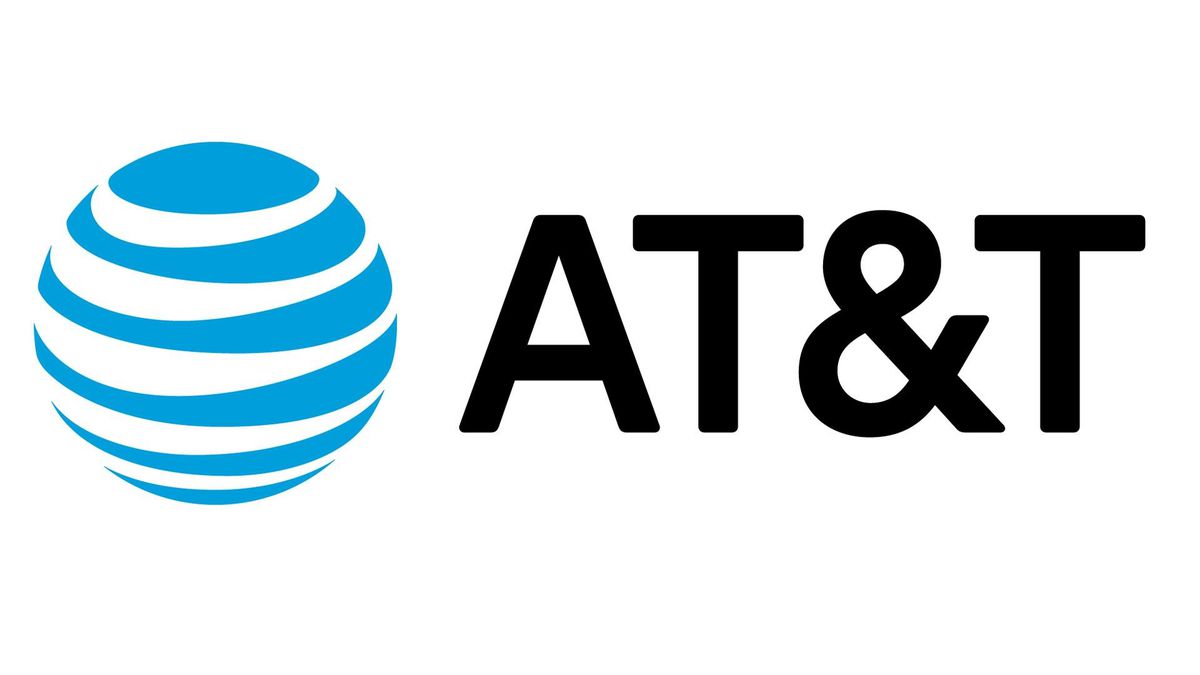AT&T’s Fiber Optic internet promises faster speeds and enhanced reliability
A s the digital age progresses, high-speed internet has become a necessity for households in the United States. In response to this demand, AT&T has introduced Fiber Optic internet for residential use. AT&T’s Fiber Optic internet promises faster speeds and enhanced reliability, ensuring greater performance for internet-based activities like gaming, video streaming, and downloading large files. In this article, we will delve into the availability and advantages of AT&T’s Fiber Optic internet for residential use in the United States. We will investigate the cities and regions where AT&T Fiber is currently offered, highlight differences in pricing, speeds, and service levels, and examine data and studies from reliable sources to demonstrate the benefits of Fiber optic internet in comparison to other options. We will also interpret the findings, exploring the significance of Fiber optic internet speeds for residential individuals, families, and home offices. Concluding, we will offer insight and recommendations for potential consumers seeking high-speed internet solutions.

AT&T’s Fiber Optic Internet: Availability, Pricing and Service Levels
AT&T Fiber is currently available in over eighty cities across the United States, covering vast regions like the Northeast, South East, Midwest, and Southwest. The cities include Austin, Charlotte, Dallas, Houston, Indianapolis, Los Angeles, Nashville, Orlando, San Antonio, San Diego, and St. Louis, among others. However, Fiber availability varies within these cities, depending on the size of the city and areas with high demand. For example, in Los Angeles, Fiber is only available in select areas around East Los Angeles, West Adams, Boyle Heights, Koreatown, and North Hollywood. In contrast, some cities have Fiber internet availability within the entire city, such as Huntsville, Alabama, and Kansas City, Missouri.
AT&T Fiber comes in various service levels, with varying prices depending on the choice of service. AT&T Fiber 1000 is the highest service level, costing $70 per month^1. This service offers speeds of up to 940Mbps downstream and upload speeds of up to 880Mbps. The AT&T Fiber 500 service costs $60 per month and offers download and upload speeds of 500Mbps. AT&T Fiber 300 offers download and upload speeds of 300Mbps and costs $50 per month, while AT&T Fiber 100 offers download and upload speeds of 100Mbps at $35 per month.
Comparatively, AT&T’s traditional DSL internet has maximum available speeds of 100Mbps but with significantly different upload speeds, making it less efficient for applications that require uploading files, games, or video conference activities. DSL offers significantly slower download speeds, with package speeds averaging between 5Mbps and 100Mbps^2. AT&T’s Fiber packages offer higher download and upload speeds, making it more efficient for high data demand activities than traditional DSL internet.
Benefits of AT&T’s Fiber Optic Internet for Residential Use
Fiber optic internet offers several benefits to customers, including higher speeds, reliability, and better connectivity. Fiber optic cables transmit data using light pulses, which are faster, more reliable, and experience minimal interruptions compared to traditional copper cables. Here are some benefits of AT&T Fiber:
- Consistent Speeds: AT&T Fiber offers consistently high download and upload speeds, even during peak usage times. Typically, fiber internet speed ranges between 100 Mbps to over 940 Mbps, with symmetrical upload and download speeds, making it well-suited for households streaming high-definition videos, online gaming, and video conferencing.
- Reliability: One advantage of Fiber internet is that it experiences less interference from noise sources and extreme weather conditions compared to traditional copper cable internet. AT&T Fiber is more robust and less prone to damage from electrical interference or weather disruptions when compared to DSL.
- Better Connectivity: Fiber internet allows users to connect more devices simultaneously with stable and consistent high-speed connectivity, eliminating lag time and poor connectivity.
- Cost-effective: Fiber offers faster speeds at comparable prices to lower-speed DSL connections, making it an affordable option for residential households.
- Future-Proofing: Fiber internet offers the potential to upgrade internet speed over time as the demand for bandwidth increases, shielding customers against the need to upgrade their plan or change providers frequently.
Fiber Solution
Fiber optic internet is a must-have in today's ever-increasing digital requirement. AT&T Fiber has been deployed in several major American cities, with symmetrical download/upload speeds and a higher level of reliability, thereby providing consistent connectivity for high-data-demanding activities. The advantages of Fiber optic internet, including the benefits of higher upload and download speeds, reliability, cost-effectiveness, future-proofing, and better connectivity, make it an attractive option for residential internet users in the United States. Consumers requiring reliable high-speed internet for video streaming, gaming, video conferencing, and file sharing are encouraged to investigate AT&T's Fiber Optic internet packages for affordability, flexibility, and reliability.